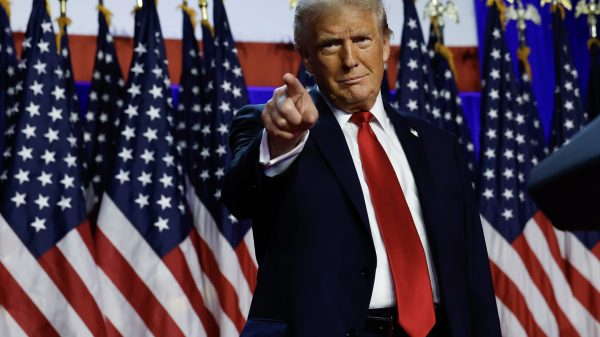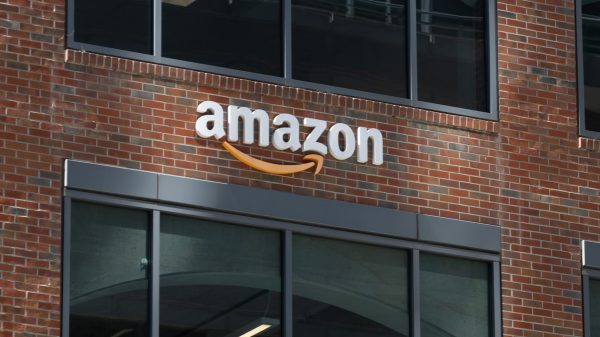During Donald Trump’s first presidency, many news publishers experienced a significant boost, often referred to as the “Trump bump.” Companies like The New York Times and The Washington Post saw increased traffic and higher direct reader revenue, as they focused on developing their subscription models.
This period marked a shift as many publishers began to prioritize digital subscriptions, capitalizing on the political climate under Trump’s leadership to grow their audience and financial support.
However, the situation for news publishers in a potential second Trump administration is less clear. While it’s too early to fully assess the impact, platforms like Comscore and Similarweb have yet to provide up-to-date data for the post-election period. Publishers such as
The Atlantic, Vox, and HuffPost have already reached out to their audiences through calls for subscriptions and donations to support journalism amid another Trump presidency. These strategies mirror those seen in 2020, where endorsing a political candidate, like Kamala Harris, resulted in notable spikes in subscribers and donations.
Signs suggest that 2024 could be different from previous years. Traffic to the top 100 news sites in the weeks leading up to the election was lower than in 2020, with a decline of around 4.6%. In contrast, the last week of the 2020 race saw a 6.9% traffic increase, while this year’s growth was only 3%.

Trump’s Potential Second Term Presents Uncertain Future for News Publishers and Political Coverage Trends
The Washington Post was one of the few major publishers to experience a dip in traffic, while NBC News and CBS News saw significant increases in visits, indicating that some outlets are still benefiting from political events, while others are struggling.
A key factor in these shifts is the rise of individual creators, especially on platforms like YouTube. In 2024, media publishers’ share of U.S. news and political video views has decreased, while individual creators have gained a larger audience.
This suggests a change in how people consume news, with more users turning to social media platforms like TikTok and podcasts for political coverage rather than traditional news sites. TikTok, in particular, has seen a dramatic increase in user numbers, with news consumption on the platform more than doubling since 2020.
Additionally, the faster outcome of the 2024 election played a role in editorial strategies. In 2020, the election results took days to confirm, leading to intense, round-the-clock coverage. This year, the quicker resolution allowed newsrooms to transition back to normal coverage sooner.
Some outlets, like Newsweek, had prepared for a prolonged post-election news cycle but were able to adjust quickly once the election outcome was clear, demonstrating the flexibility news publishers are adopting in response to the changing ways people consume political news.









































